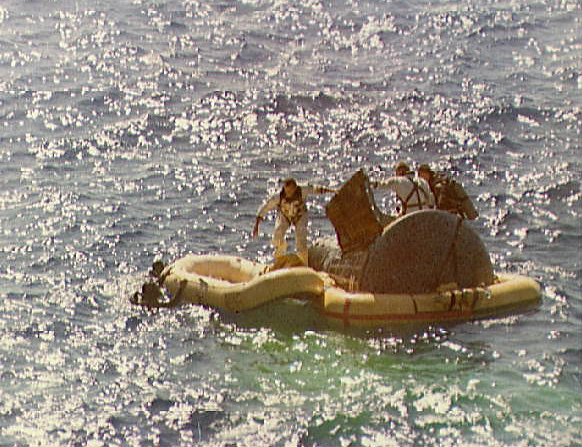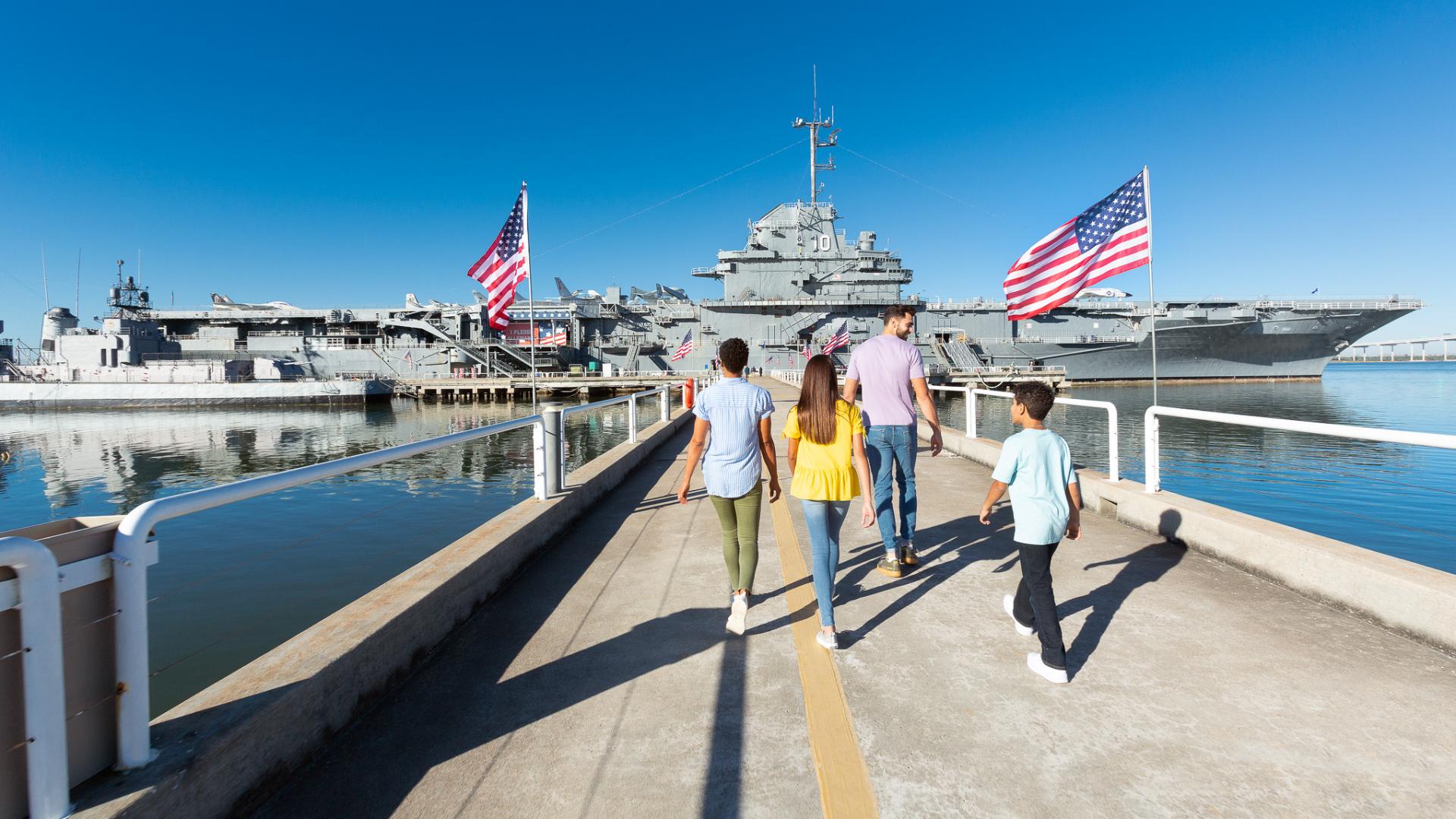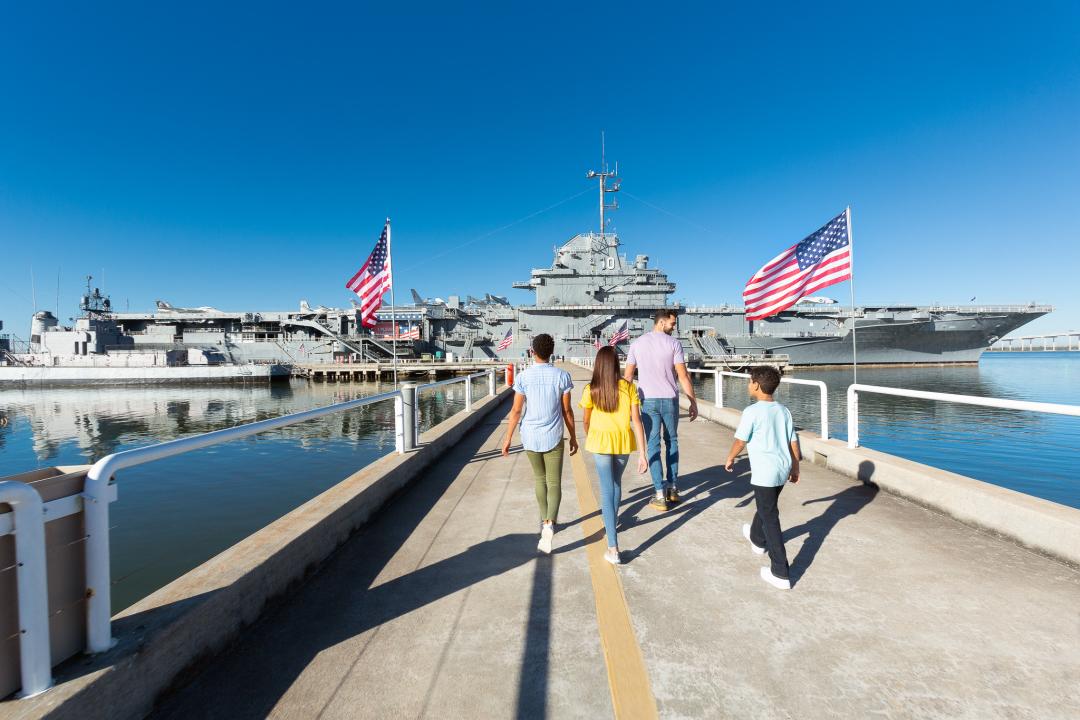
Gemini 5 splashed down in the Atlantic just 90 miles off her intended target on 29 August 1965. The USS Lake Champlain was the recovery ship for the astronaut crew of Gordon Cooper and Charles Conrad. Gordon Cooper was from Shawnee, Oklahoma, and was a Life Scout and Air Force pilot. Charles "Pete" Conrad was from Philadelphia, Pennsylvania, and had been a Naval Aviator before joining NASA.


The mission duration of nearly eight days proved that astronauts could deal with weightlessness for the time necessary to fly to the Moon and return. At the return time of 190 hours and 55 minutes, the United States had also regained the record of longest space flight from the Soviet Union.
One of the Gemini 5 mission objectives was to rendezvous with a Rendezvous Evaluation Pod (REP). Unfortunately rendezvous with the REP was cancelled due to problems with Gemini 5's fuel cell system, which produced electricity and water during the mission. Gemini 5 marked the first time an on-board fuel cell was used for this purpose. Though fuel cell performance started off erratic at the beginning of the mission, eventually it stabilized as the flight progressed.
Other mission objectives were also cancelled due to equipment problems and astronaut Conrad later remarked that he wished he had "brought along a book". A total of 17 scientific experiments were flown, of which 16 were completed.
Once again, a Gemini spacecraft significantly missed its primary recovery vessel. The error was due to faulty data transmitted to the spacecraft from ground computers.
Note: Gemini 5 was the first U.S. manned space flight to have an official mission insignia. The Gemini 5 astronauts designed a mission insignia featuring a Conestoga wagon bearing the motto "8 Days or Bust".
While the astronauts were allowed to wear the insignia on patches sewn on their spacesuits, NASA required that the motto "8 Days or Bust" be covered with fabric during the actual mission.
NASA managers feared that the public would perceive the mission as a "bust" if for some reason it did not complete eight days in duration, no matter how much scientific data was generated. In addition, NASA feared the potential association of the word "bust" with portions of the female anatomy.



